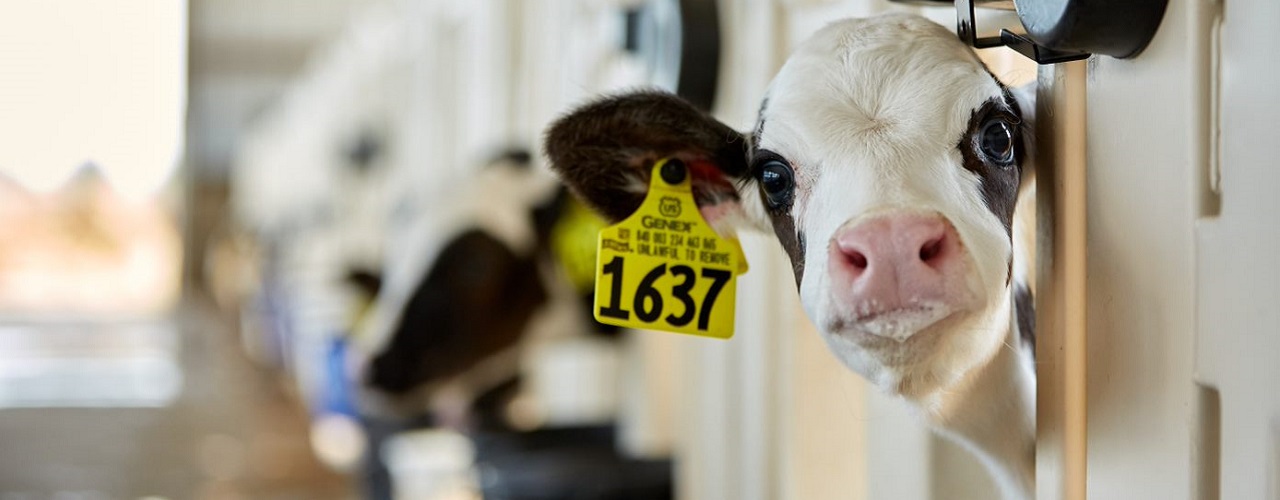Know Your Milk Replacers Amino Acid Content
By Tana Dennis, PhD, PAS, Young Animal Nutrition Dairy Technology Application Lead
Calf nutrition is a balancing act. Simply feeding for crude protein (CP) content and supplementing synthetic amino acids that are known to be limiting will not do the trick. Efficient growth requires a specific sequence of amino acids in the correct amounts to optimize calf growth (as illustrated in the barrel image).

A milk replacer balanced for the essential amino acids – lysine, methionine, and threonine – has benefits for both your calves and business:
- Improved feed efficiency and average daily gain (ADG)
- Reduced wasted nutrients such as CP
- Lower feed costs
The newborn calf is the most efficient animal on the farm with respect to using protein, but the right building blocks need to be provided. If a dairy is only providing a high protein diet, and not ensuring the amino acids are balanced, they risk much of the protein being wasted.
For example, feeding calves more milk is not always the best thing and can lead to overfeeding protein. Many dairy farmers understand the pitfalls of overfeeding protein to their cows, and the production loss that can occur because energy must be diverted from milk production to excrete excess nitrogen. This process of excreting excess nitrogen can be more taxing on a young calf’s system because they do not have a fully developed rumen to help recycle it.
Based on studies done by the Nurture Research Center, calves fed a 20% CP milk replacer with added amino acids achieved the same weight gain as calves fed a 22% CP milk replacer without added amino acids . These studies showed that supplemental amino acids increased ADG by approximately 10%. Similar results were seen when calves fed a 24% CP powder with supplemental amino acids at 1.5 pounds of powder grew at similar rates to calves fed a 28% CP powder without supplemental amino acids. In this trial, supplemental amino acids increased ADG by over 15%.
While there are a lot of milk replacers on the market that don’t balance for amino acids, there are some that do, so the next time you buy milk replacer be sure to ask questions that go beyond the CP level.
Cargill applies 150+ years of experience, technology, and expertise to create products to ensure she and your dairy operation thrives. Check out our calf and heifer nutrition – HerdFirst®.

